Venezuela: Economic Crisis and Safety Concerns
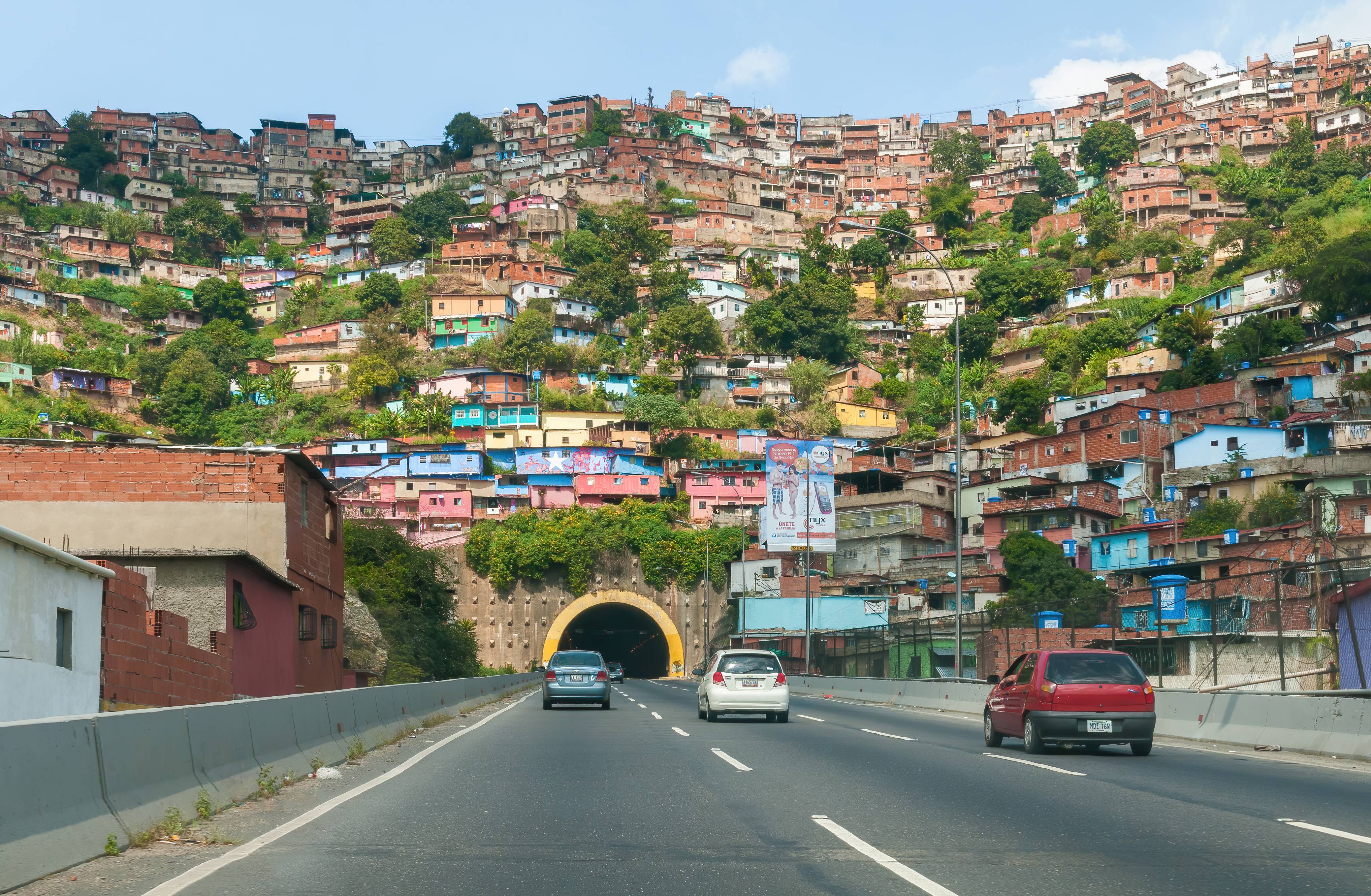
Venezuela has long been admired for its natural beauty, but the reality in 2025 is deeply unsettling for potential travelers. The country has experienced an 80% contraction in GDP between 2013 and 2023, according to the World Bank, plunging millions into poverty and making basic goods scarce. Streets in Caracas and other cities are frequently empty—not due to curiosity, but fear. Reports from the U.S. State Department continue to warn of high rates of murder, robbery, and kidnapping, making even short visits a risky proposition. Hyperinflation means that currency is almost worthless, and daily life is a struggle for locals, let alone tourists. There’s also been a sharp decline in the availability of fuel, electricity, and medical supplies. It’s not uncommon to hear stories of travelers getting stranded or caught up in civil unrest. The days when Venezuela’s beaches and mountains drew excited backpackers now feel like a distant memory.
Syria: Ongoing Conflict and Humanitarian Crisis
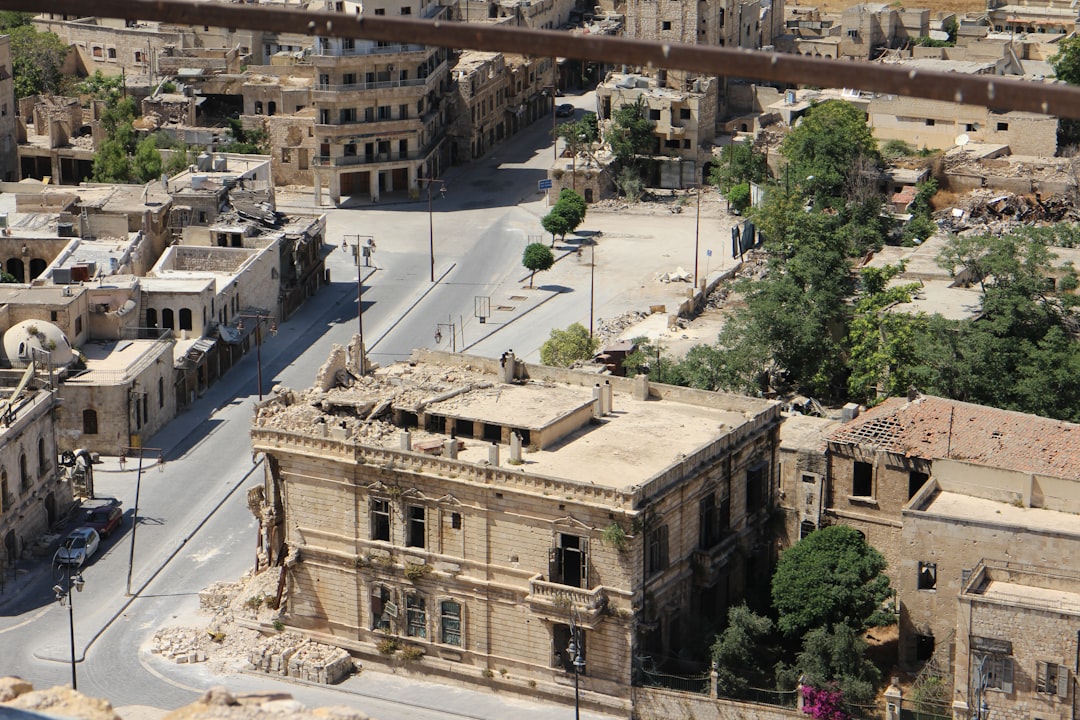
Syria’s ancient ruins and vibrant culture have faded into the background amid a relentless civil war. The United Nations reported in early 2025 that over 14 million Syrians still need humanitarian aid, and many regions have been rendered inaccessible due to ongoing violence. Streets that once bustled with traders and tourists are now marked by checkpoints and destruction. The U.S. Department of State continues to warn against all travel, citing terrorism, armed conflict, and the risk of arbitrary detention. Many historic treasures, like the city of Palmyra, have been damaged or destroyed. Reports from humanitarian groups describe a constant struggle for food, water, and medical supplies. Tourism infrastructure has all but disappeared, with hotels and restaurants either closed or repurposed for emergency use. The sheer unpredictability of the security situation means that travel here is not just risky—it’s nearly impossible.
Afghanistan: Security Risks and Travel Advisories

Afghanistan’s rugged landscapes and ancient cities once tempted adventurous travelers, but the reality now is starkly different. Since the Taliban’s return to power in 2021, the country has been under strict control, with widespread reports of civil unrest and violence continuing into 2025. The U.S. Department of State has maintained its “Do Not Travel” warning due to the risk of terrorism, kidnapping, and unpredictable armed conflict. International flights are irregular, and embassies provide only limited support. Many non-government organizations have withdrawn, and infrastructure for tourists is virtually non-existent. Recent news highlights a resurgence of extremist groups, making even short trips hazardous. The situation remains so unstable that travel insurance providers will not cover visits to Afghanistan. For most travelers, the risks far outweigh any sense of adventure.
North Korea: Strict Regulations and Limited Access
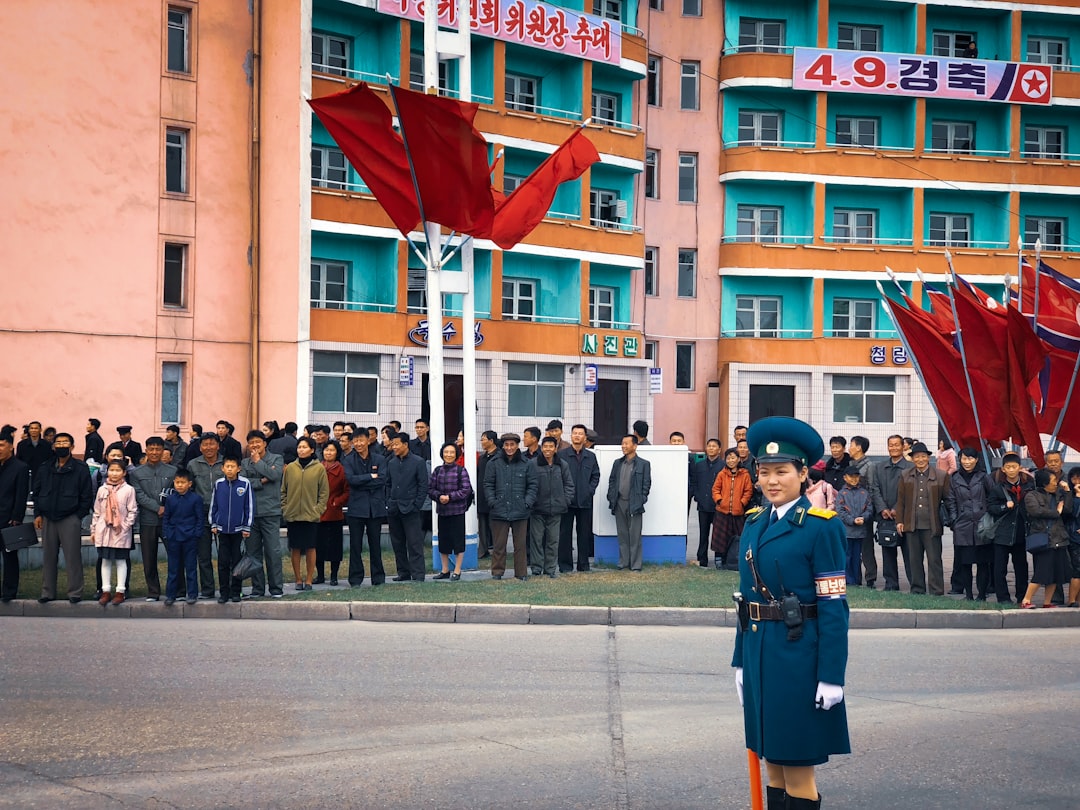
North Korea’s mystique has always been matched by its strict control over visitors, but recent years have seen even tighter restrictions. The Korea Tourism Organization notes that foreign visitor numbers have dropped sharply, in part due to heightened tensions with neighboring countries and strict government protocols. Travel is only possible through approved tour companies, and independent exploration is strictly forbidden. Visitors are accompanied by government minders at all times, with little freedom to interact with locals. The risk of arbitrary detention is a constant concern, particularly for those who inadvertently violate local rules. International relations remain tense, and borders are frequently closed without warning. News out of Pyongyang is tightly controlled, leaving travelers in the dark about safety conditions. The experience for foreigners is so tightly curated that many now question whether the trip is worth the anxiety.
Haiti: Natural Disasters and Political Instability
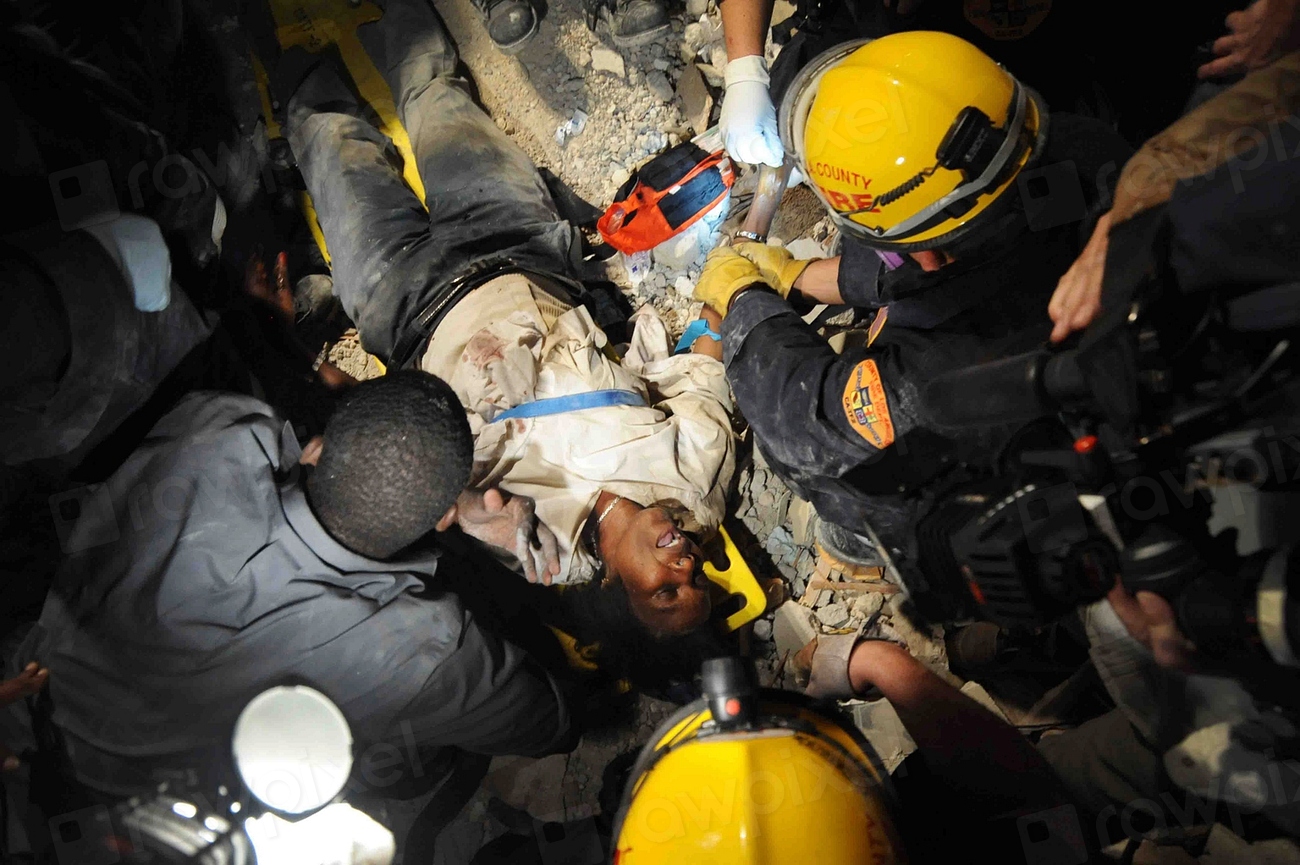
Haiti’s reputation as a vibrant, resilient nation has been overshadowed by a series of devastating setbacks. The aftermath of the 2010 earthquake still lingers, but more recent disasters—earthquakes, hurricanes, and floods—have compounded the situation. In 2024 and 2025, gang violence has surged, especially in Port-au-Prince, according to international relief agencies. The U.S. Department of State’s travel advisories now warn of extreme crime and civil unrest, with kidnappings and armed robberies reported even in daylight. Infrastructure is in tatters, with frequent power and water outages. The local tourism industry has collapsed, leaving beaches and resorts deserted or damaged. For would-be travelers, the risks of violence and instability now outweigh the allure of Caribbean sunshine.
Yemen: Humanitarian Crisis and Conflict
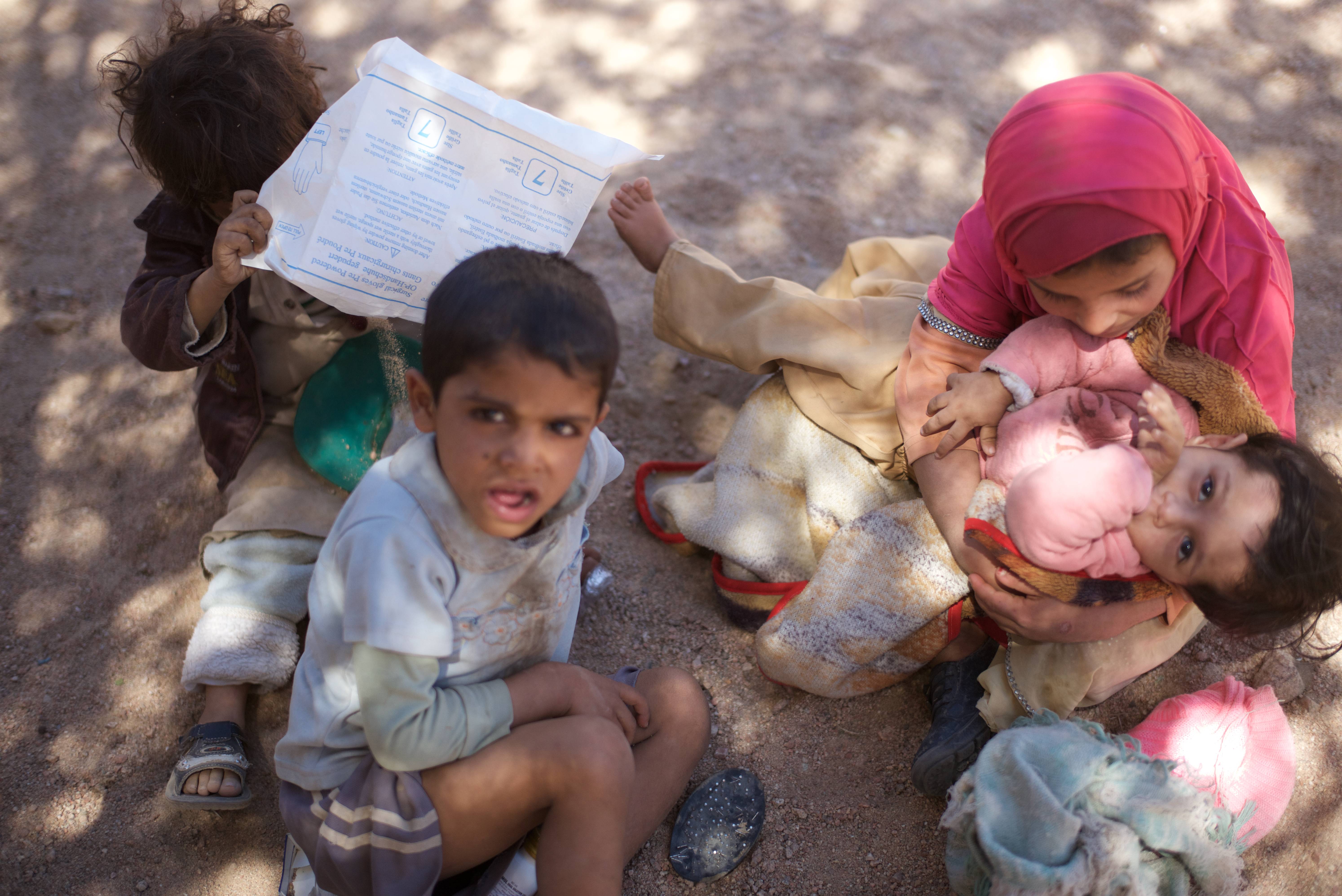
Yemen’s breathtaking landscapes and ancient cities have been ravaged by years of conflict, creating one of the world’s most severe humanitarian crises. The United Nations estimates that over 24 million people in Yemen need urgent aid as of 2025, with food and medical supplies in critically short supply. The U.S. Department of State warns against all travel due to ongoing terrorism, armed conflict, and disease outbreaks. Airports and seaports are often closed, and road travel is considered extremely dangerous. Many regions are controlled by different armed groups, making movement unpredictable and hazardous. Basic services like electricity, water, and healthcare are unreliable or unavailable. The situation is so dire that international aid workers themselves face life-threatening risks. Tourism in Yemen has all but ceased, and recovery seems distant.
Libya: Ongoing Conflict and Security Concerns

Libya’s Mediterranean coastline and Roman ruins once drew curious explorers, but the country’s ongoing turmoil has turned it into a no-go zone. Since the fall of Gaddafi in 2011, Libya has been plagued by rival militias and political chaos. The U.S. Department of State maintains a “Do Not Travel” advisory due to the high risk of terrorism, kidnapping, and armed conflict. In 2025, sporadic violence continues to flare up in cities like Tripoli and Benghazi. Airports are often closed without notice, and embassies operate at a minimum. The tourism sector is non-existent, with former hotels and attractions now either abandoned or damaged. Reports from international organizations highlight the dangers for both locals and foreigners. Even seasoned travelers have written off Libya for the foreseeable future.
Central African Republic: Security Risks and Travel Warnings
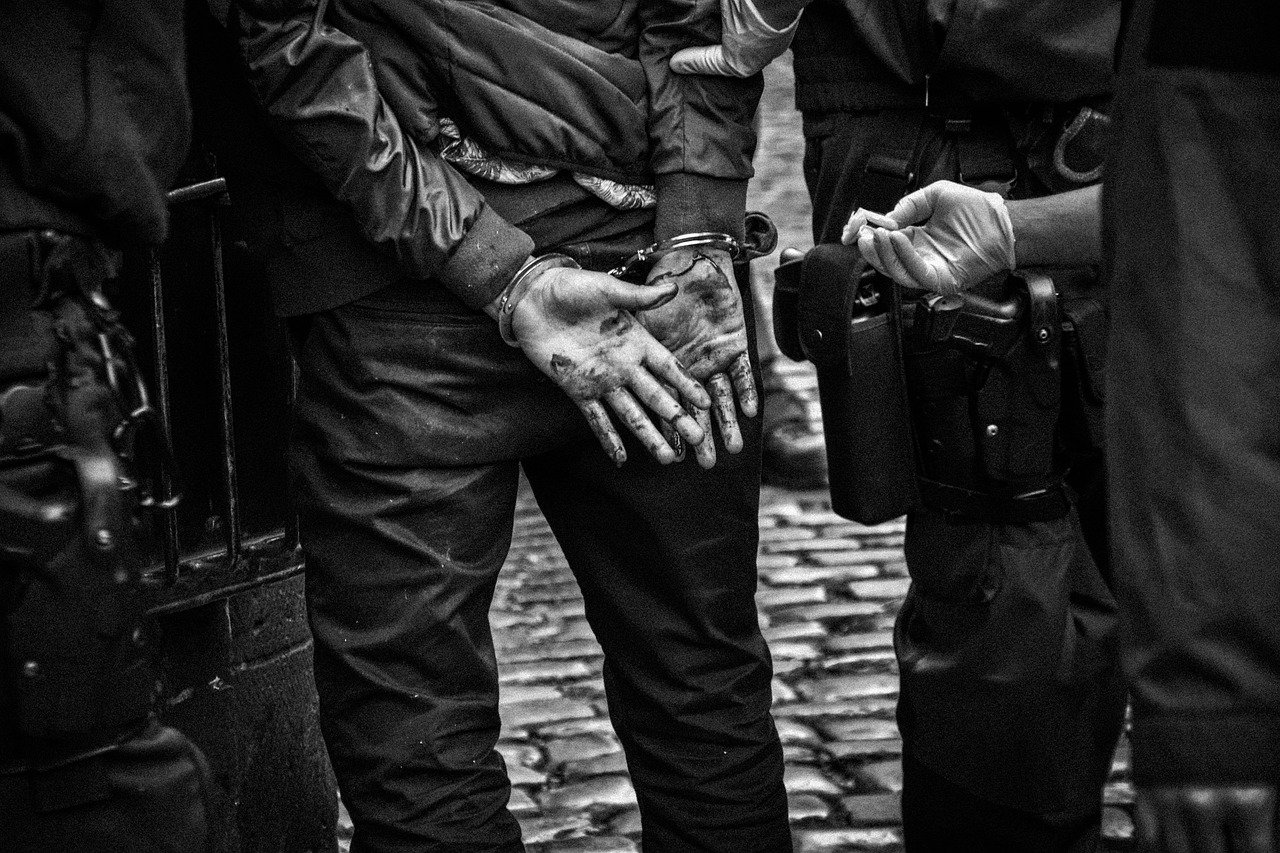
The Central African Republic (CAR) has rarely made headlines as a tourist destination, but any interest has evaporated due to ongoing violence. The U.S. Department of State currently warns of high risks including armed conflict, banditry, and kidnapping. Humanitarian agencies report frequent clashes between armed groups, making the countryside especially dangerous. The capital, Bangui, is the only place with a semblance of order, but even there, crime rates are high and curfews are common. Infrastructure is poor, with unreliable transport and communication networks. There are few, if any, functioning hotels or organized tours. The risk of getting caught in crossfire or being targeted for ransom is a real concern. Most travelers have decided that the adventure simply isn’t worth it.
South Sudan: Humanitarian Crisis and Violence
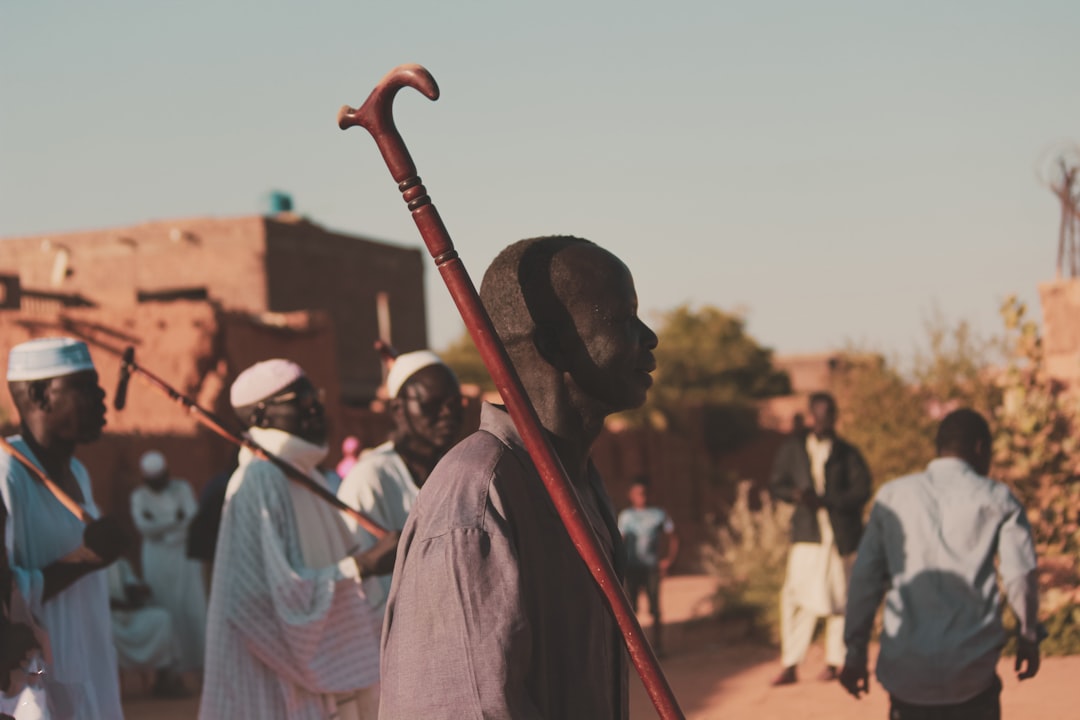
South Sudan, the world’s youngest country, has struggled with almost nonstop violence since its independence in 2011. Over 7 million people are in need of humanitarian aid, according to United Nations figures from 2025. Ethnic violence, armed clashes, and widespread poverty have made the country extremely dangerous for outsiders. The U.S. Department of State advises against all travel, citing risks of violent crime, civil unrest, and the potential for armed conflict to flare up without warning. Infrastructure is virtually non-existent, with poor roads and limited medical facilities. Kidnappings and robberies are frequently reported, often targeting foreign nationals. Few, if any, reputable tour operators serve the region anymore. For most travelers, South Sudan is simply off the map.
Democratic Republic of the Congo: Health Risks and Security Concerns
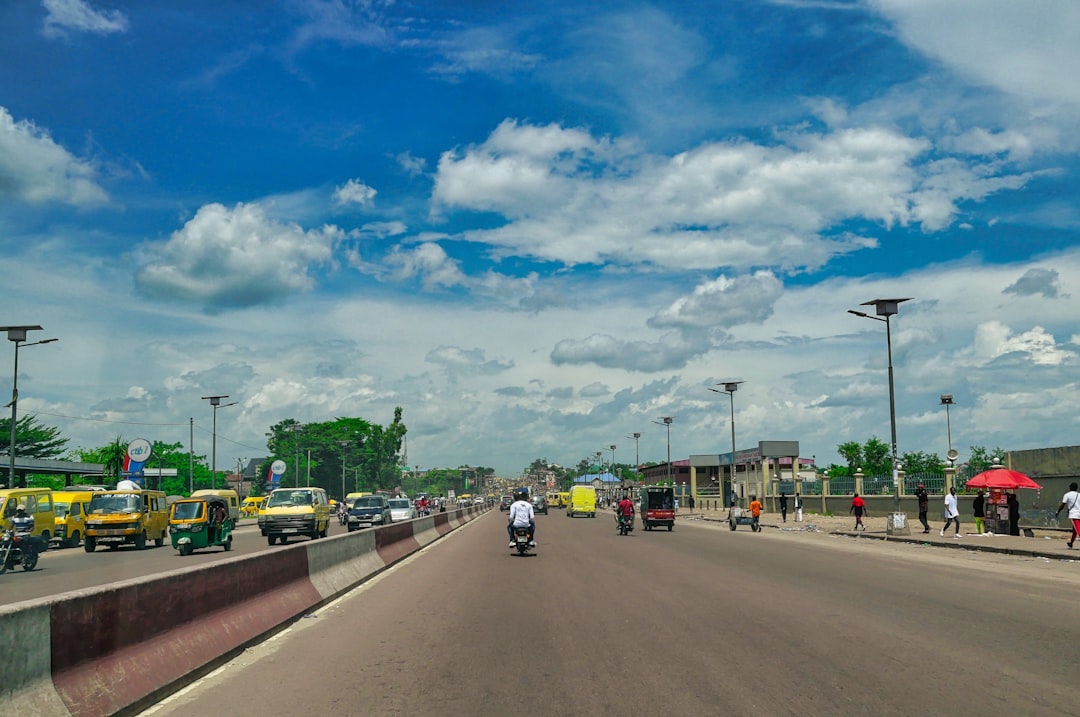
The Democratic Republic of the Congo (DRC) is a land of incredible biodiversity, but it’s also beset by instability and health emergencies. The U.S. Department of State continues to issue strong travel warnings due to risks of violent crime, civil unrest, and recurring health threats such as Ebola and other infectious diseases. In 2024 and 2025, sporadic outbreaks in eastern provinces have further discouraged visits. Armed groups operate freely in many regions, attacking villages and even aid convoys. Infrastructure is poor, with travel outside of Kinshasa risky and often impossible. Tourists who do enter the country are usually restricted to a handful of relatively safe areas, but even these can become dangerous quickly. With so many hazards, the DRC is increasingly absent from travelers’ wish lists.





